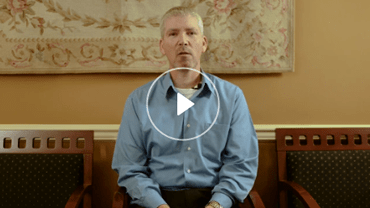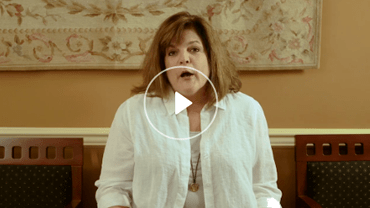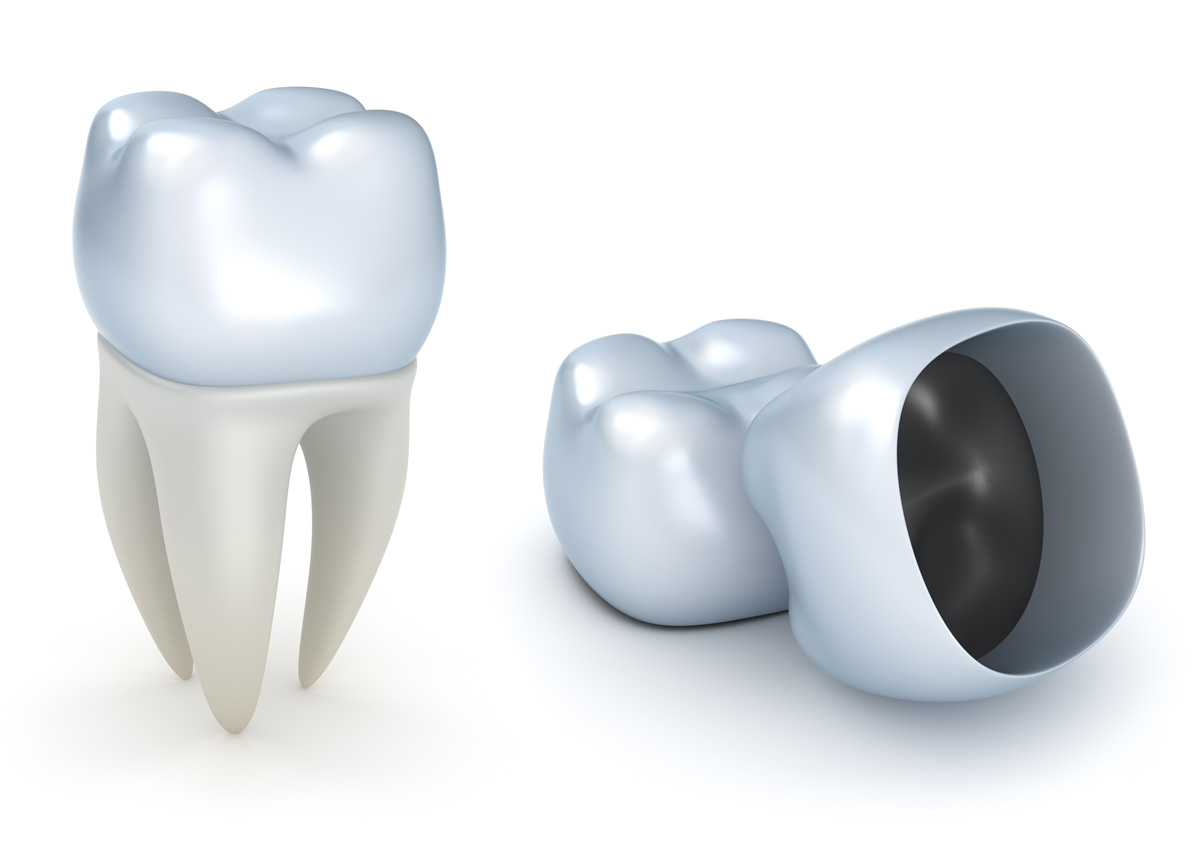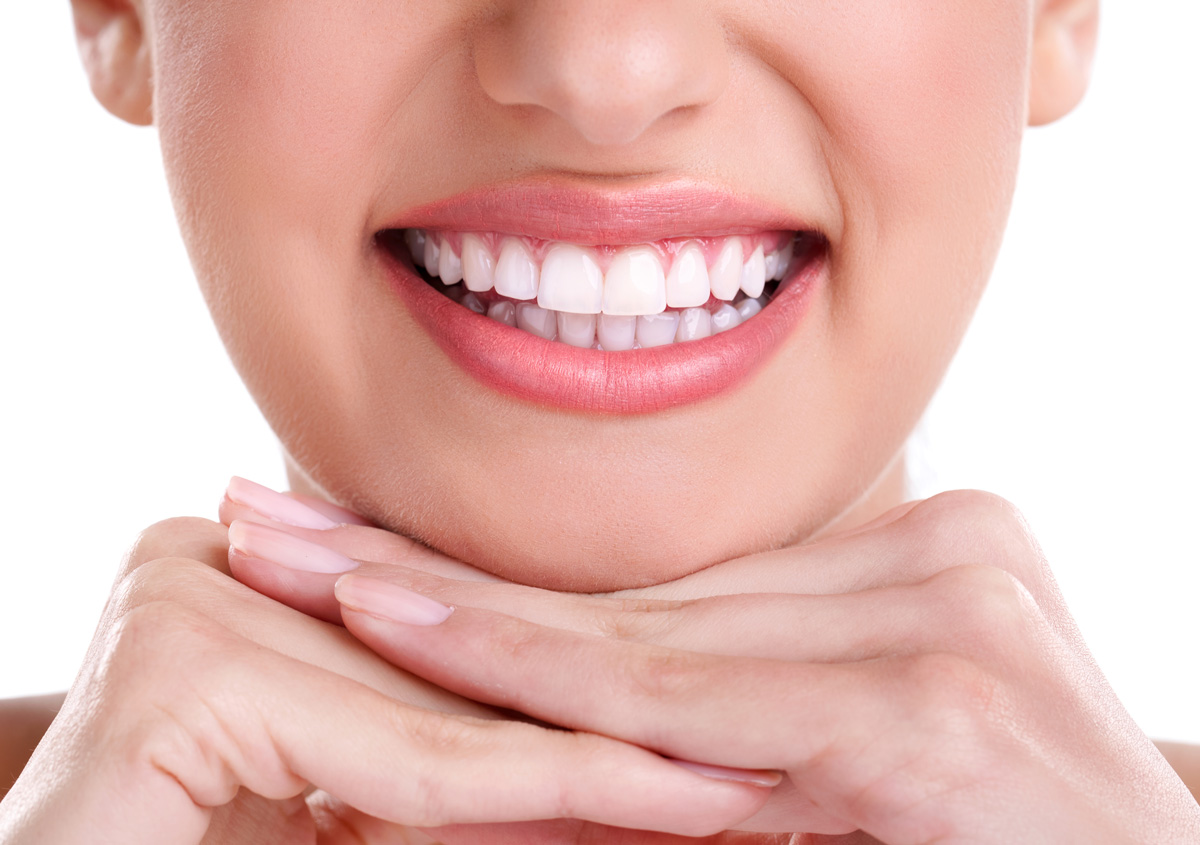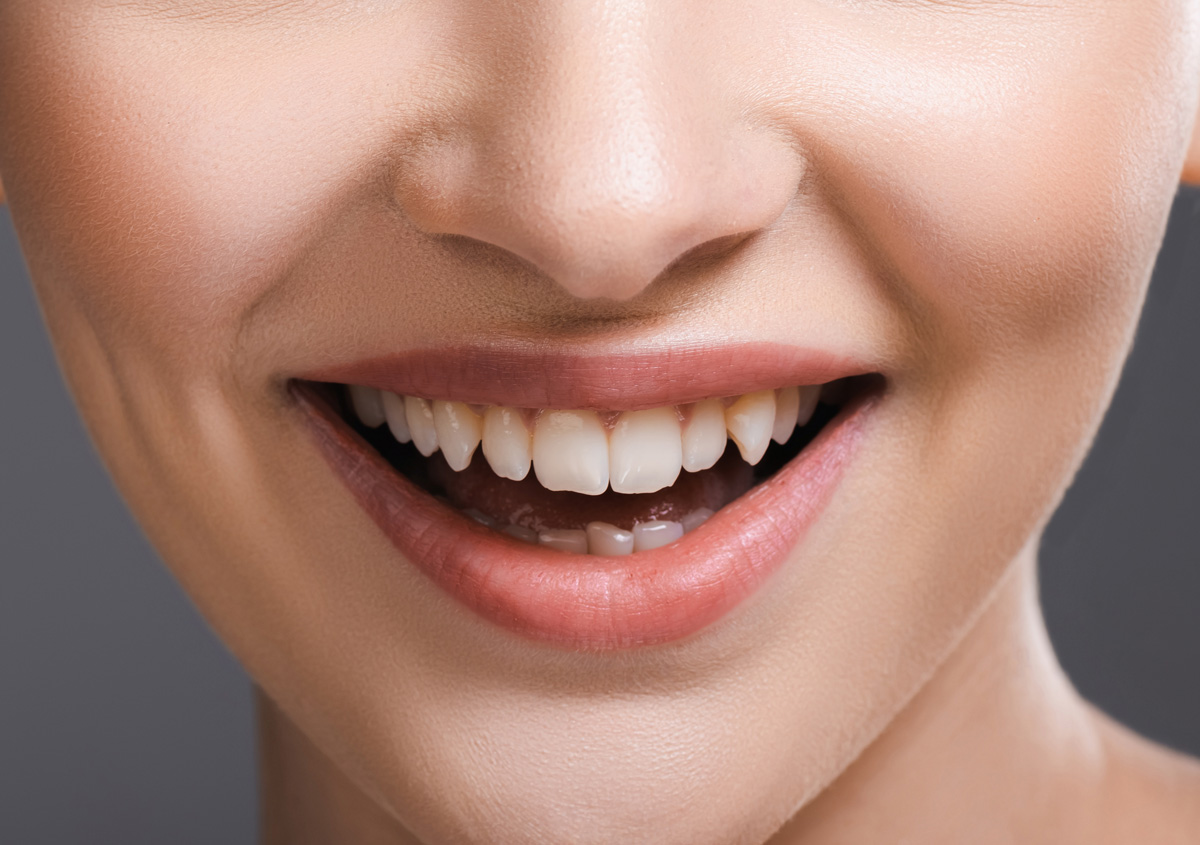Get Your Teeth Squeaky Clean With Our West Chester Dentist
Visiting your dentist twice a year is essential for keeping your smile squeaky clean and beautiful. They can clean areas of your mouth that are easily missed at home and can remove hardened tartar that’s formed and plaque buildup. Find out how the plaque and tartar removal process works with Briglia Dental Group’s West Chester family dentist, Dr. Ron Briglia, below. Then, call our West Chester dental practice at (610) 615 0160 if you’re a new patient or (610) 692 4440 if you’re an existing patient, and schedule your dental cleaning.
What Is Plaque and Tartar Removal?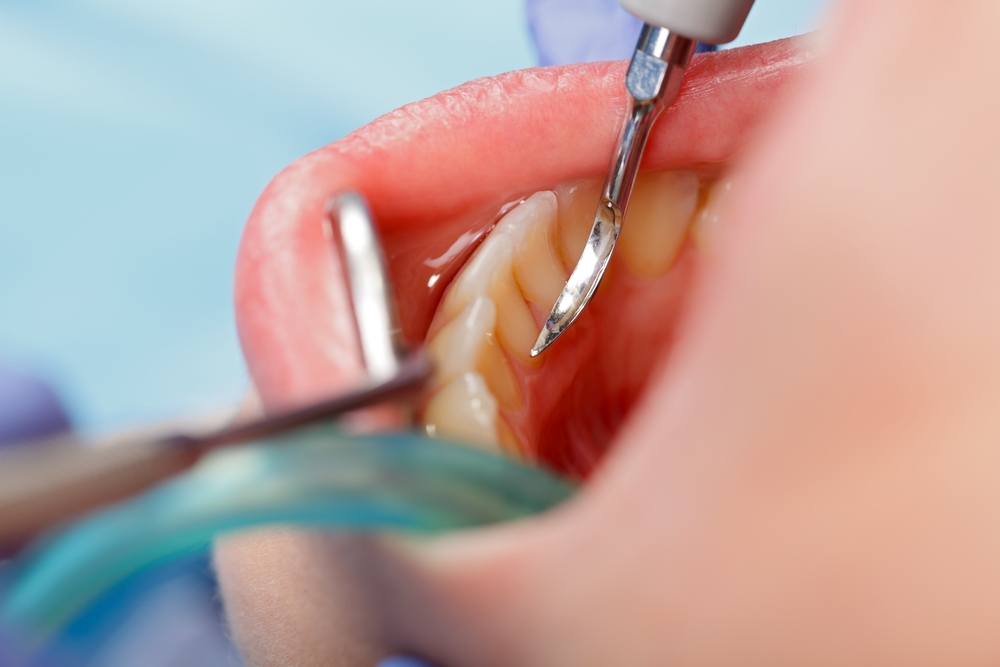
Plaque and tartar removal is performed during routine dental cleanings. Plaque is a sticky film of bacteria that forms on teeth after eating or drinking. If plaque buildup isn’t removed, it can harden into tartar, also known as calculus, which can only be removed by a dental professional. Plaque and hardened tartar buildup can lead to tooth decay, gum disease, and other oral health problems. Only a dental professional can remove tartar from the teeth, and without removal, it can create unwanted problems.
The Benefits of Removing Plaque and Tartar
Plaque and tartar removal has numerous benefits, including: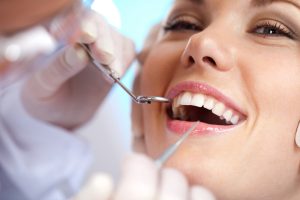
- Prevents tooth decay and cavities
- Prevents gum disease
- Reduces bad breath
- Keeps teeth looking and feeling clean
- Maintains overall dental health
When Plaque and Tartar Removal Is Necessary
Plaque and tartar removal is necessary for anyone who wants to maintain good dental health. While most patients need dental cleanings twice a year, some may need it more than others, including:
- People who smoke or use tobacco
- People with braces or other dental appliances
- People with a history of gum disease or cavities
- People who have a dry mouth
- People with a diet high in sugar or carbohydrates
How the Plaque and Tartar Removal Process Works
Removing plaque and tartar typically takes place during routine dental cleanings. The process works as follows:
- Examination: The dentist or dental hygienist will examine your teeth to determine the extent of plaque and tartar buildup.
- Scaling: Using a special tool, the dentist or dental hygienist will remove plaque and scrape away the tartar from the surface of your teeth. This process is called scaling.
- Polishing: Once the tooth plaque and tartar are removed, the dentist or dental hygienist will polish your teeth using special toothpaste.
- Fluoride Treatment: Finally, they may apply a fluoride treatment to help protect you from future tooth decay.
The length of the cleaning procedure can vary depending on the extent of buildup on your teeth. However, it typically takes around 30 minutes to complete.
Caring for Your Teeth After Plaque and Tartar Removal 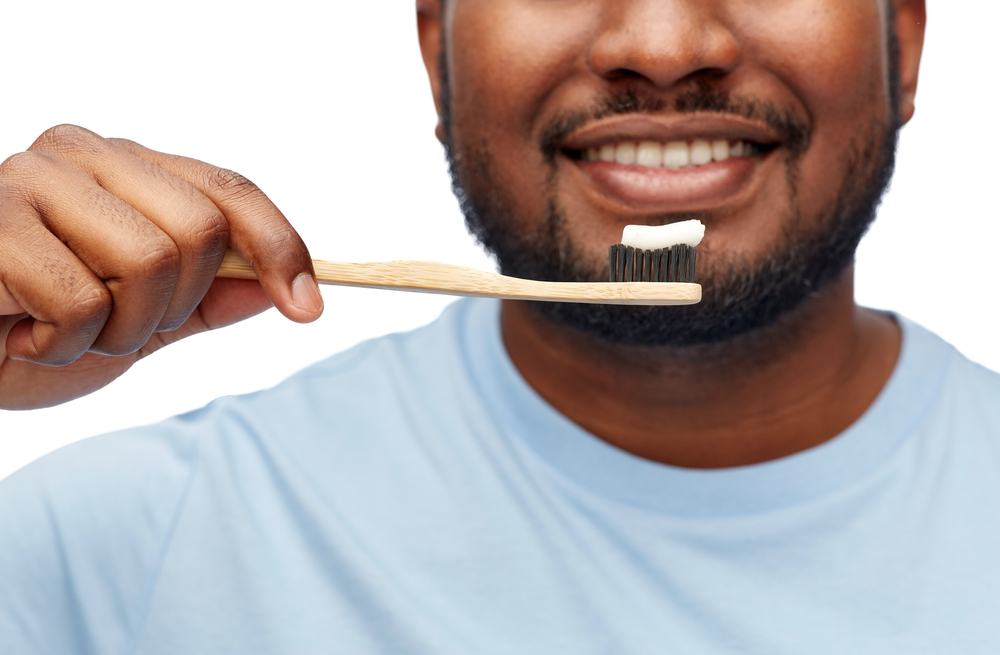
After plaque and tartar removal, it’s essential to care for your teeth properly to maintain good oral health. Here are some tips for caring for your teeth after the procedure:
- Brush your teeth twice a day with fluoride toothpaste.
- Floss daily to remove any remaining plaque and food particles.
- Use mouthwash to kill bacteria and freshen your breath.
- Avoid smoking or using tobacco products.
- Limit your intake of sugary or starchy foods and drinks.
Frequently Asked Questions









